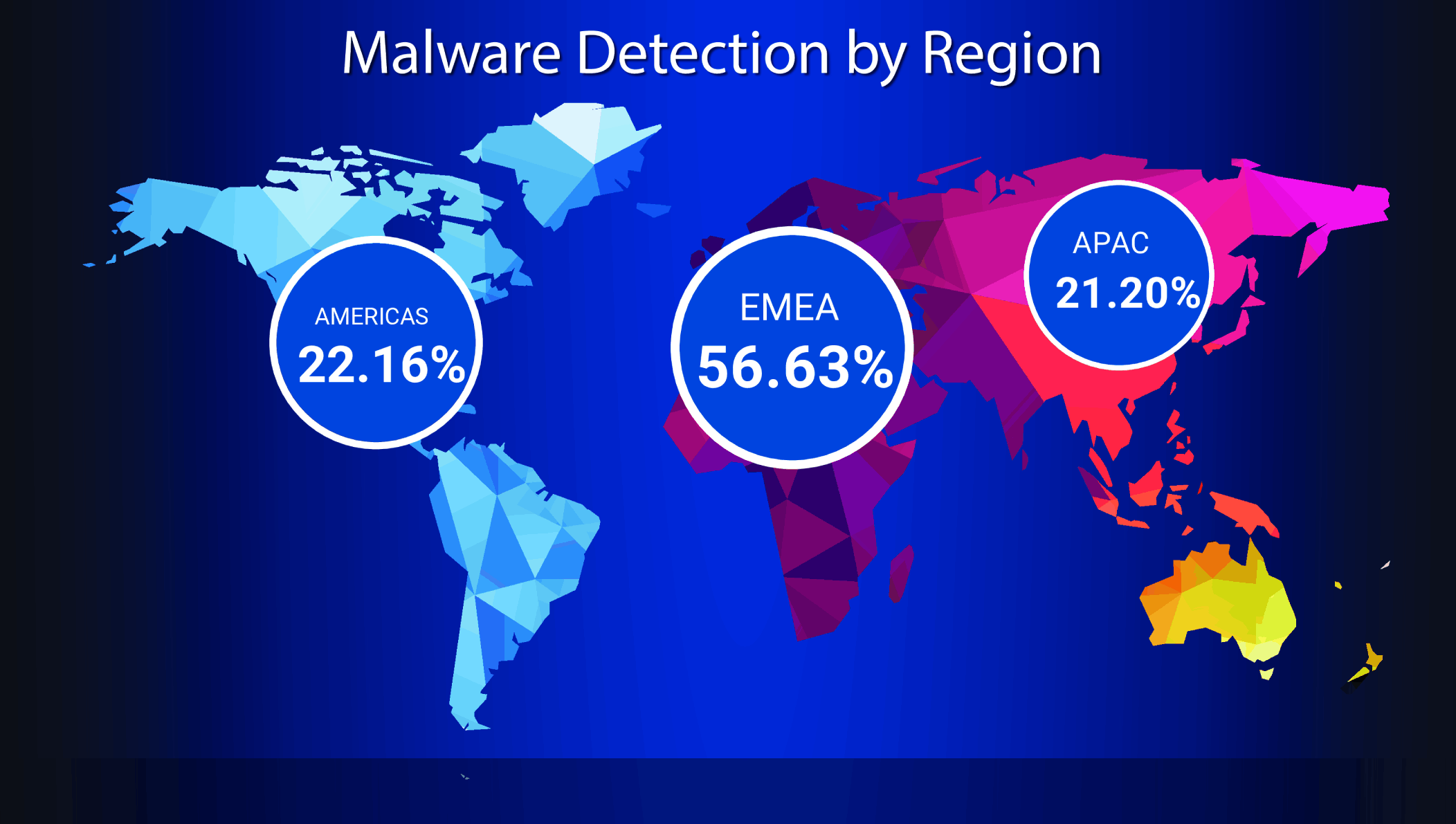WatchGuard report reveals decline in malware despite more campaigns
A recent Internet Security Report by WatchGuard Technologies, a global leader in unified cybersecurity, has unveiled some startling trends in the realm of cyber threats. The report, which analysed data from Q2 2023, highlights a decrease in endpoint malware volumes even as campaigns grow more expansive. It also points to a rise in double-extortion attacks and the continued exploitation of older software vulnerabilities by threat actors.
Corey Nachreiner, chief security officer at WatchGuard, emphasised the evolving nature of cyber threats. “The data analysed by our Threat Lab for our latest report reinforces how advanced malware attacks fluctuate in occurrence and multifaceted cyber threats continue to evolve, requiring constant vigilance and a layered security approach to combat them effectively,” he said. Nachreiner added that there is “no single strategy that threat actors wield in their attacks” and organisations must employ a “unified security approach” for their best defence.
One of the most alarming findings is that 95% of malware now arrives over encrypted connections. This means that organisations not inspecting SSL/TLS traffic at their network perimeter are likely missing most malware. The report also found that zero-day malware dropped to an all-time low of 11% of total malware detections. However, the share of evasive detections increased to 66% when inspecting malware over encrypted connections.
In terms of endpoint malware, the volume has decreased by a slight 8% in Q2 compared to the previous quarter. Despite this, detections increased in volume by 22% and 21% when caught by 10 to 50 systems or 100 or more systems, respectively. “The increased detections among more machines indicate that widespread malware campaigns grew from Q1 to Q2 of 2023,” the report stated.
Double-extortion attacks have seen a significant rise, increasing 72% quarter over quarter. This comes even as ransomware detections on endpoints declined by 21% quarter over quarter and 72% year over year. The Threat Lab also noted the emergence of 13 new extortion groups.
The report also highlighted the resurgence of Glupteba, a multi-faceted loader, botnet, information stealer, and…



